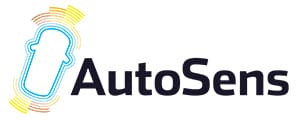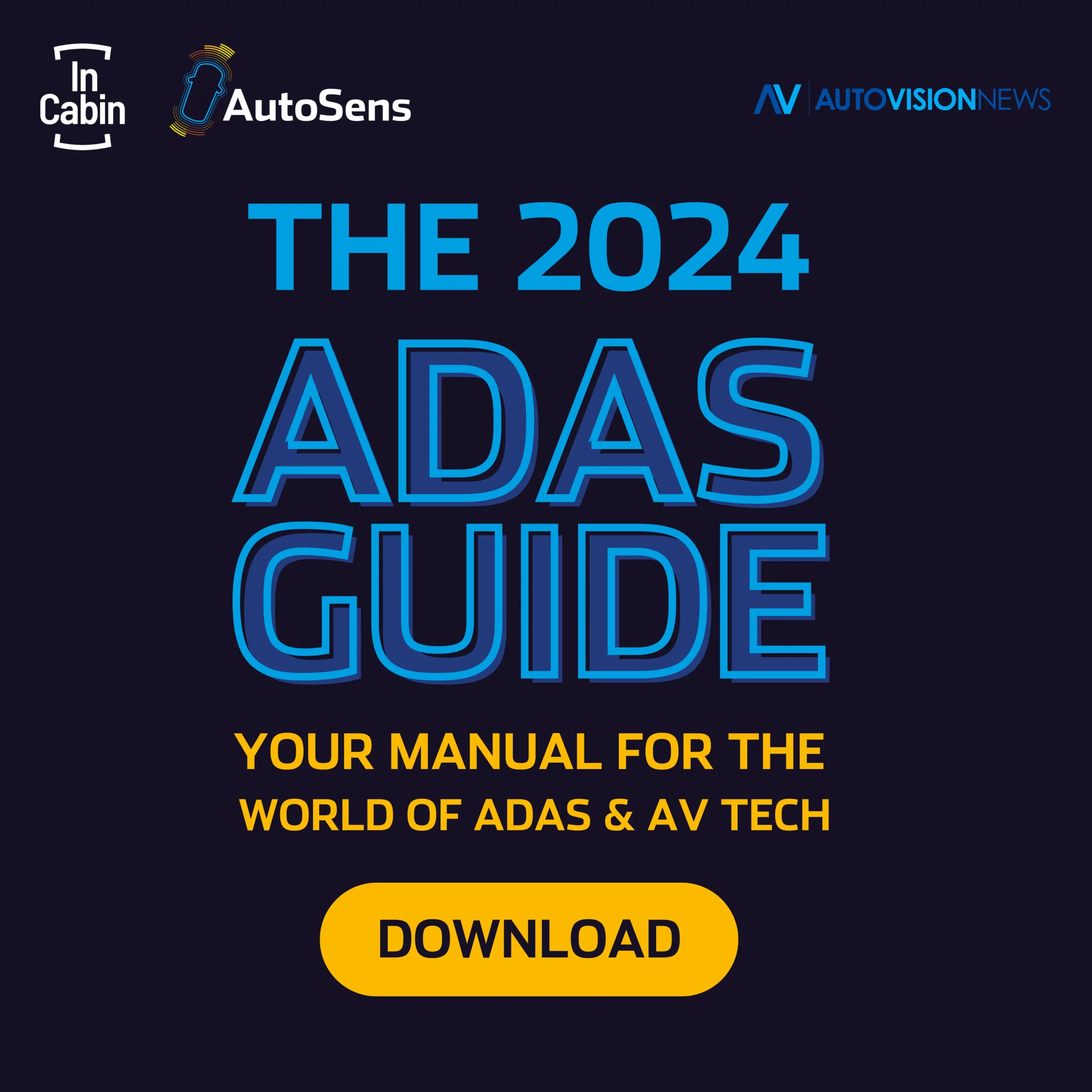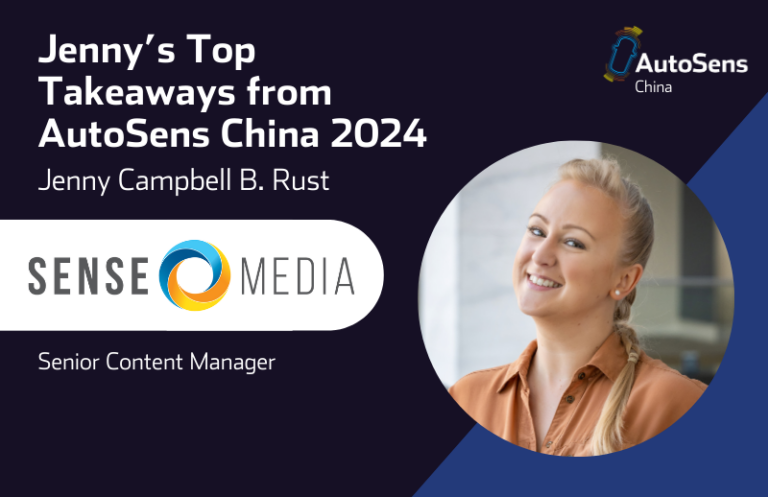Workgroup Update – Automotive System Image Quality
Yesterday, we formally launched the IEEE Working Group on Automotive System Image Quality (Project 2020) via an ‘ice breaker’ webinar. There were more than 40 industry professionals in attendance and an overwhelmingly positive response.
The call was introduced by Michael Kipness, IEEE-SA Liasion for the working group, and slides were presented by myself (Robert Stead), Benjamin May of AMX13, and Dr Sven Fleck of SmartSurv.
Agenda
- IEEE-SA process and procedures
- Status update, and outline of PAR (Project Authorization Request)
- Why is this activity required?
- How can you be involved, what do you need to do?
- Kick starter on research discussion, proposed initial steps for working group activity
- Reminder of face-to-face meeting and how to sign up
Introduction
We are working to get a formal IEEE-SA website online for the project soon, and from that point all resources will be hosted there. In the meantime, however, you can access the slides here and see my transcript pasted below for your reference. Picking out the most pertinent information, I would like to share the following Next Steps with you:
 Face-to-face meeting: 9am-12pm, Tuesday 20th September, AutoWorld Museum, Brussels, Belgium (immediately prior to AutoSens conference). It is not essential that you attend, online access will be available, but I would strongly recommend that you would like to be actively involved, do attend if at all possible as this will be an important kick-starter for the project. Click to register for the F2F meeting in Brussels.
Face-to-face meeting: 9am-12pm, Tuesday 20th September, AutoWorld Museum, Brussels, Belgium (immediately prior to AutoSens conference). It is not essential that you attend, online access will be available, but I would strongly recommend that you would like to be actively involved, do attend if at all possible as this will be an important kick-starter for the project. Click to register for the F2F meeting in Brussels.
 Questionnaire: We will issue a questionnaire to all participants before the end of July to gather input and form the basis for the first round of proposed sub-projects. It’s important we make the most of the face-time in September so we’ll aim to do as much preparing over the coming weeks as possible. As with everything, this will be as transparent process with everyone in the loop. UPDATE – Questionnaire is now live. Click to take complete the survey (2 minutes).
Questionnaire: We will issue a questionnaire to all participants before the end of July to gather input and form the basis for the first round of proposed sub-projects. It’s important we make the most of the face-time in September so we’ll aim to do as much preparing over the coming weeks as possible. As with everything, this will be as transparent process with everyone in the loop. UPDATE – Questionnaire is now live. Click to take complete the survey (2 minutes).
Working Group Officers are listed below, please feel free to contact any of us if you have any questions. Do tell others you think may be interested, and look out for the questionnaire which will be your first opportunity to actively contribute to this process.
[divider style=”fat”]
Download Webinar slides (PDF):
IEEE P2020 Introduction Presentation 13.07.2016
[divider style=”fat”]
Transcript of Rob’s Introduction:
Thank you Michael, and welcome everyone. As mentioned in the email, please remain muted for the call, but if you do have questions please email me or type in a message via WebEx.
I think I have had direct contact with just about everyone on the call, but I’ll start with a short introduction nonetheless. Aside from the role in this working group, I am Managing Director of Sense Media Group, who organise, among other things, the AutoSens conference coming up in September.
I am not a technical expert, but I have been running conferences and training events in digital imaging for the last decade and through that have built up a reasonable understanding of the topic and a good network. I am committed to, and enjoy learning more and will be attending further digital imaging training run by Albert Theuwissen in the coming months.
My role as Chair of this working group is principally as motivator, organiser and arbiter, and I hope I’m well equipped to do that. You’ll hear more about the origins of this initiative from Benni later, but I think it’s worth stating that this is not a one-man personal crusade for me. It’s a project driven by discussions and the shared need of the community. To that end I see myself as a facilitator and alongside the other officers and IEEE-SA we will aim to drive this project forward for the benefit of the automotive imaging community. I’d like to thank Benni, Sven, Patrick, Michael, Tom, Margaret and others who have helped get this off the ground.
Agenda
The presentation will be split into broadly three chunks. As mentioned, this session is aimed to be an introduction and the foundations for the discussions at the first face-to-face meeting in September. I will give some background about the IEEE structure and policies we’ll follow, and a status update on progress to date.
Benni will talk more about why we need this initiative, why it’s important and how you can be involved.
Sven will present some initial thoughts on the kinds of topics we’ll aim to address via the group’s work, and run through the next steps.
Basic Principles
As Michael has briefly outlined, IEEE is a very principled and highly respected organisation. As such, there are high standards of ethics best practice that we must all adhere to. These are well documented and it’s my job to ensure we are compliant, but they can be summed up with these 5 key principles.
- Openness – Ensures all interested parties can participate actively
- Due Process – Having highly visible procedures for standards creation and following them
- Consensus – Holds that a clearly defined majority of those in a balloting group vote to approve a draft standard
- Balance – Ensures that a balloting group includes appropriate categories of interested parties and avoid an overwhelming influence by any one party
- Right of Appeal – Allows anyone to appeal a standards development decision
Process
Building on the principle of due process from the previous slide, there is a set structure for each working group meeting. This is to ensure clarity and consistency for those involved as well as observers from IEEE and elsewhere. We are in the process of developing the Policies and Procedures for P2020, and they will fall in line with those of our Sponsor, the Vehicular Technology Society.
Once finalised, these P&Ps will be made available to working group members and participants should familiarise themselves with the contents.
Progress to date
We are still in the very early stages of this project, however, some important milestones have been passed. Discussions with IEEE began in December 2015, and the PAR (which stands for Project Authorisation Request) was submitted earlier this year and approved by the NESCOM committee in May. As such, this working group is now officially endorsed by IEEE-SA.
Currently, aside from creating awareness and driving engagement, there is work behind the scenes to set up the tools we will use to manage the workflow and resources, as well as training for me and the other officers to ensure we are up to speed with the proper IEEE-SA processes.
The next steps will be to start to itemise the work required to draft the standard, divide up and and allocate the work, which will be the bulk of the project. Then, a process of drafting into a formal proposal document for the standard is followed by a ballot, and finally submission for approval by the IEEE-SA REVCOM board. This whole process is estimated to take 2-3 years and while this is a very basic outline, more will be made clear about the process as the project progresses. All information on the process is publicly available via the IEEE-SA website.
PAR Summary
I have included useful information here for the PAR – links to the document itself for anyone who would like to review, a link to the project page which will be augmented with more project information as the work progresses. And contact details for Michael who introduced the session and Tom Kurihara who is the Standards Representative for this working group.
Contact Information for IEEE-SA Liaison
Michael Kipness
+1 732-562-3810
[email protected]
Contact Information for Standards Representative
Thomas Kurihara
+1 703-516-9650
[email protected]
PAR
The Scope is the driving force behind the working group activities and should be at the forefront of our minds. This is the measure against which the standard’s contents will be evaluated by REVCOM when considering the standard for approval and should be considered as our ‘aim’ throughout the project.
The Purpose indicated what the standard will be used for once is has been completed and published.
The Need for the project is a summary of what Benni will talk about shortly, but essentially it is to create come common reference points for engineers and end users alike to be able to compare performance between components and systems.
And the Stakeholders are defined as the full supply chain, including drivers who are using these systems.
And with that, I’ll pass over to Benni May to talk a bit more about where this initiative came from and why it is so important.
(Notes unavailable for Benni and Sven’s presentation, however the slides in this section should be self-explanatory.)
Thanks Sven, and thanks also to Benni and Michael. I just like to conclude by thanking you all for being here, hopefully you have found it a useful introduction. And a reminder to watch this space for:
- The questionnaire – please do engage with this
- F2F meeting in September, please try and be there in person if you can for this main kick off meeting
- And questions, please use email or anyone else in the group
[divider style=”fat”]
Contact us:
Chair – Robert Stead
+44 208 133 5116
[email protected]
Vice Chair – Dr. Sven Fleck
+49 176 61040825
[email protected]
Secretary – Benjamin May
+49 173 2386833
[email protected]
Treasurer – Prof. Patrick Denny
+353 93 23184
[email protected]
We look forward to working with you all to make P2020 a reality.






